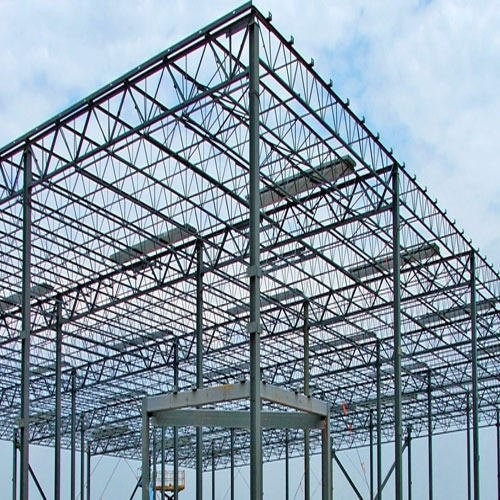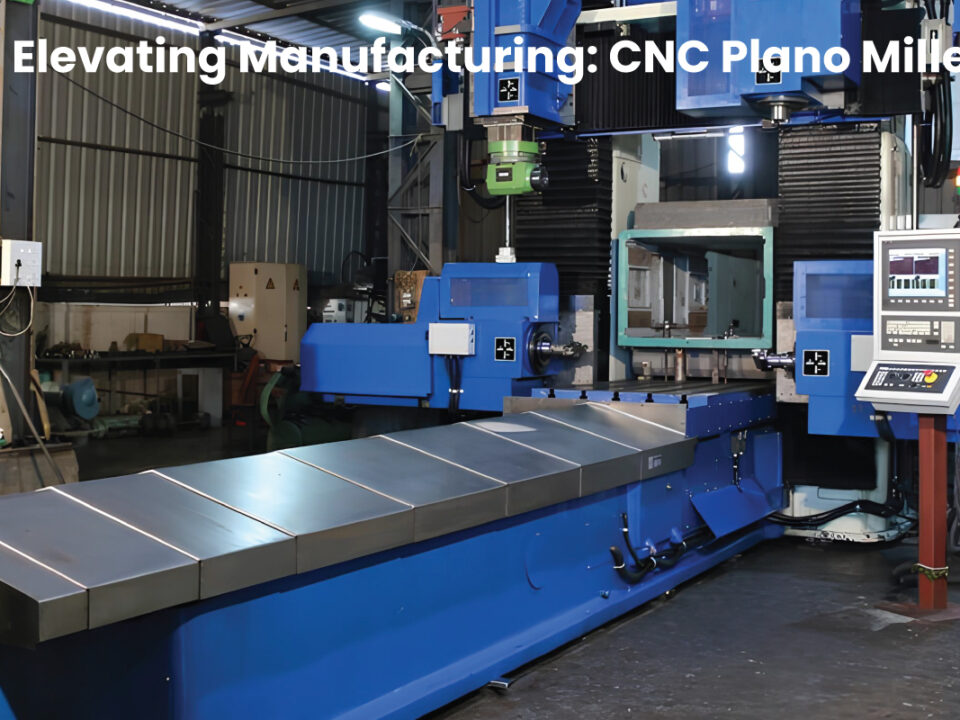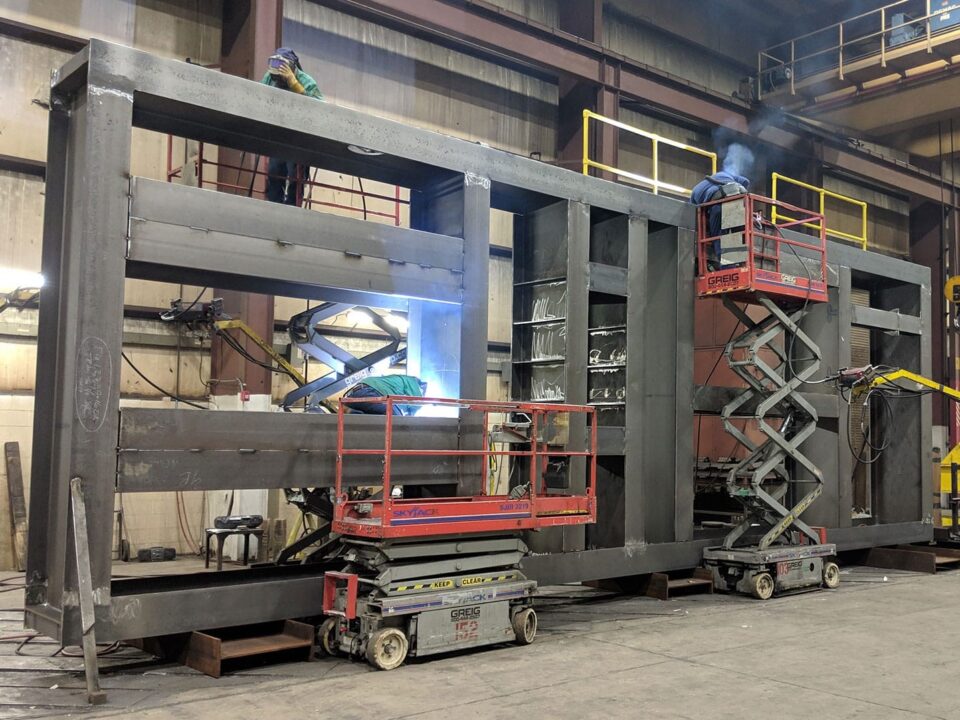What is Structural Fabrication?
Structural fabrication refers to the process of transforming raw materials such as steel, aluminum, and composite materials into structural components used in construction projects. These components form the backbone of buildings, bridges, and infrastructure, providing strength, stability, and durability to the overall structure.
Importance of Structural Fabrication
Structural fabricators utilize a diverse range of materials to meet the unique requirements of each project. Steel, known for its strength and versatility, remains the primary choice for structural applications. Additionally, aluminum and composite materials offer lightweight alternatives with specific advantages in certain scenarios.
Key Processes
The process of structural fabrication involves several key steps, including cutting, bending, welding, and assembly. Each step is meticulously executed to ensure precision and accuracy in the fabrication of structural components.
Technology Advancements
Advancements in technology have revolutionized the field of structural fabrication, enabling fabricators to streamline processes, enhance efficiency, and improve quality. Automated cutting and welding machines, 3D modeling software, and robotics have transformed traditional fabrication methods, allowing for greater precision and faster turnaround times.
Customization Options
One of the notable aspects of structural fabrication is its ability to accommodate custom designs and specifications. Fabricators work closely with architects, engineers, and clients to translate design concepts into tangible structural components tailored to meet specific project requirements.
Quality Assurance
Quality assurance is paramount in structural fabrication to ensure that fabricated components meet industry standards and regulatory requirements. Rigorous testing, inspection protocols, and adherence to quality management systems are integral parts of the fabrication process.
Benefits of Structural Fabrication
The benefits of structural fabrication are manifold. It offers cost-effective solutions, precise customization, shorter lead times, and enhanced structural integrity. By leveraging advanced fabrication techniques and materials, builders can construct safer, more efficient, and aesthetically pleasing structures.
Future Trends
Looking ahead, the future of structural fabrication is marked by continued innovation and advancements in materials, processes, and technologies. Digitalization, sustainable practices, and modular construction methods are expected to shape the landscape of structural fabrication in the years to come.
Conclusion
In conclusion, structural fabrication plays a pivotal role in modern construction, offering innovative solutions for building safe, efficient, and sustainable structures. By embracing technological advancements, adhering to rigorous quality standards, and prioritizing customer satisfaction, structural fabricators continue to shape the built environment and drive progress in the construction industry.






2 Comments
obviously like your website but you need to test the spelling on quite a few of your posts Several of them are rife with spelling problems and I to find it very troublesome to inform the reality on the other hand Ill certainly come back again
Thank You for making us aware. Will try to upload a blog without spelling mistakes. Do come back and provide feedbacks. Is there any topic you would want us to cover?